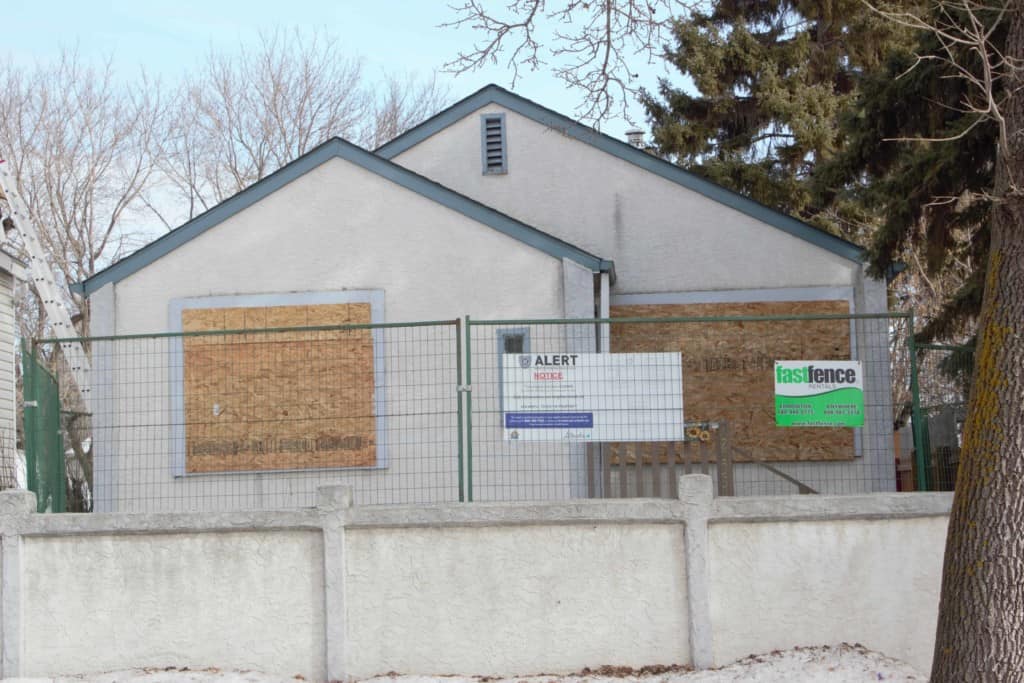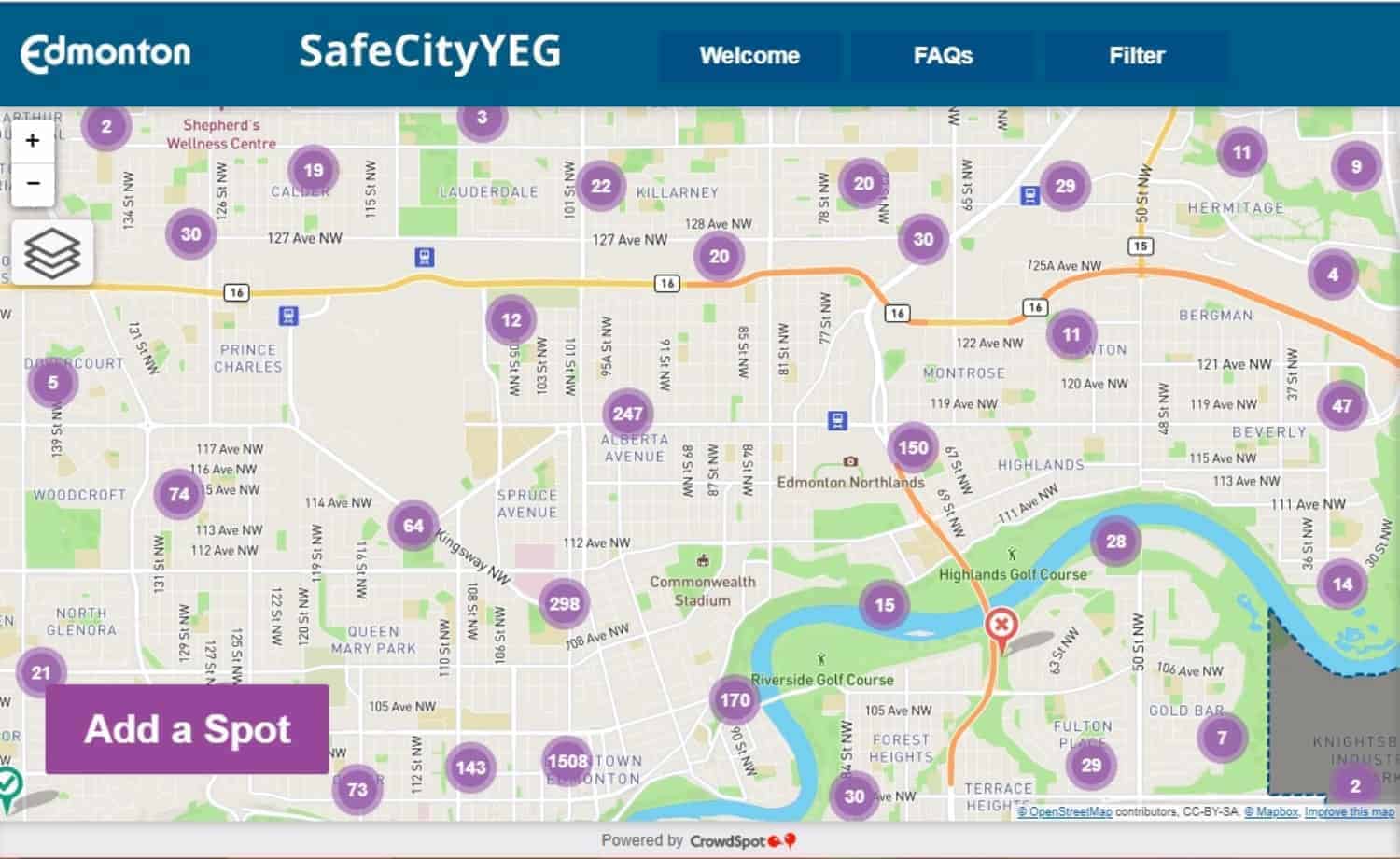Readers share their thoughts on hot topics
Recent news draws a variety of responses from local residents
RCP READERS
This past July, two news items relating to our communities sparked plenty of discussion on social media: SafeCityYEG and CBC’s podcast called Slumtown.
SafeCityYEG
This online mapping tool was released in early July and allows people to pinpoint on a map where they feel safe or unsafe in Edmonton.
The tool caused a lot of discussion, with community members both in favour of it and against it. Learn more at safecityedmonton.crowdspotmap.com.
The problem is that what one person living in one community may consider safe or unsafe is different from what people in our community consider to be safe or unsafe. We can’t really discern what views make some people [feel] safe in our area [and] others unsafe. Sometimes what I consider to be unsafe is not unsafe for me, but unsafe for vulnerable people. This does not necessarily mean it is unsafe for most Edmontonians, but is still a hazard for people who are marginalized.
My biggest concern is the lens through which people look at different areas of the city and what they consider to be a safety concern.
I looked back at the tool and its intent to help women, and given that I am always scanning the environment for safety for myself as a woman, and safety of vulnerable women, I think it might actually be more effective than I first opined. There are very few places in Edmonton in the last 10 years that I have felt safe to be out openly as a woman.
I see it as a way we can give voice to what we go through as women, because otherwise we would be spending so much of our time being vigilant and embroiled in some conflict.
I think my first responses were just to the tags of “safe” or “unsafe”, but now I am thinking there are broader reasons for this application and I am not so quick to dismiss it.
- Nicola Dakers
I don’t like it. I think the idea of safe is very arbitrary. There are plenty of people who feel unsafe purely because someone asked them for change or there are groups of visible minorities around. This will unfairly stigmatize certain areas, specifically lower income areas. It’s a bad idea.
I don’t mind them collecting the data to put towards initiatives in the future, but having it displayed for all to see is dangerous. It will lead to some areas being over policed and others not at all.
Something as simple as “was followed” doesn’t even mean much. If you’re walking down a public sidewalk and someone is also walking the same direction as you, is that following?
- Victoria Stevens
Some of the safety concerns on the map would be moving concerns too! A person may be displaying unwanted actions in the part of the city they happen to be in that day.
- Kerry Heberling
My primary concern? Who defines unsafe? Perceptions and reality can and do differ greatly between genders, ages, and minorities of every description. The flip side and what the City also has to remember [is] whatever an individual defines as unsafe for themselves is valid, even when it differs from person to person.
It’s an all too real possibility that certain people, groups, and neighbourhoods will be targeted and stigmatized. How and where will the lines be drawn? And just as important, who ultimately decides? Example: streetscape design is not as friendly to women or pedestrians. You can bet that it wasn’t women or pedestrians that played a significant role in the design. Lots to think about.
- Susan Allebone
CBC’s Slumtown
The podcast, released in July, focuses on the inner city’s problem properties, landlords, neighbours, and bureaucracy.
Community members’ reactions to the podcast ranged from feeling the CBC sensationalized the situation to objecting to the word “slum” to supporting the podcast in publicizing the very real problems these neighbourhoods face.
Listen to the podcast here: cbc.ca/listen/cbc-podcasts/373-slumtown.

I do agree that we need more done about the problem properties.
- Mrk Pellerin
I listened to all podcasts. I appreciated “Olivia’s” reality and I think she referenced some earlier times of the hood, not to take away from the frustration and her feeling victimized by her experience with a drug house next door and her need to move away. Then I wondered if I am being naive and questioned is it much worse than what I see? I don’t feel unsafe in our hood but don’t have a drug house on my block.
I agree the title is sensationalist but did appreciate [the reporter] interviewing neighbours, landlords, tenants, and fighters to round out the storyline; however, I didn’t come away with a feeling of optimism, which I generally feel when I see what is going on in our community.
- Valerie Parr
I think [it] undermines the boundless positivity in our neighbourhoods. It sensationalizes issues related to addiction and homelessness, which really shouldn’t be necessary for a publicly funded news agency. The word “slum” in itself is problematic, indicating that there is something in the nature of the area rather than widespread societal issues we all have a responsibility to address.
- Kiley Brook
I love it. I remember the difficulties we had managing some of these properties when I was on the board at Alberta Ave. There is definitely some sensationalizing, but if the City will literally not do a single thing, it might be what we need.
- Nicola Dakers
READER REACTION
Alberta Avenue resident Nicola Daker’s response to Slum Town was to create her own podcast called It’s All Good in the Hood. It highlights the “inner city” community northeast of Edmonton’s downtown core. Get to know the people, places, and history of this great hood: https://bit.ly/2YozAKD.
Featured Image: A screenshot of SafeCityYEG shows areas of the city that people can mark as safe or unsafe. | Supplied







